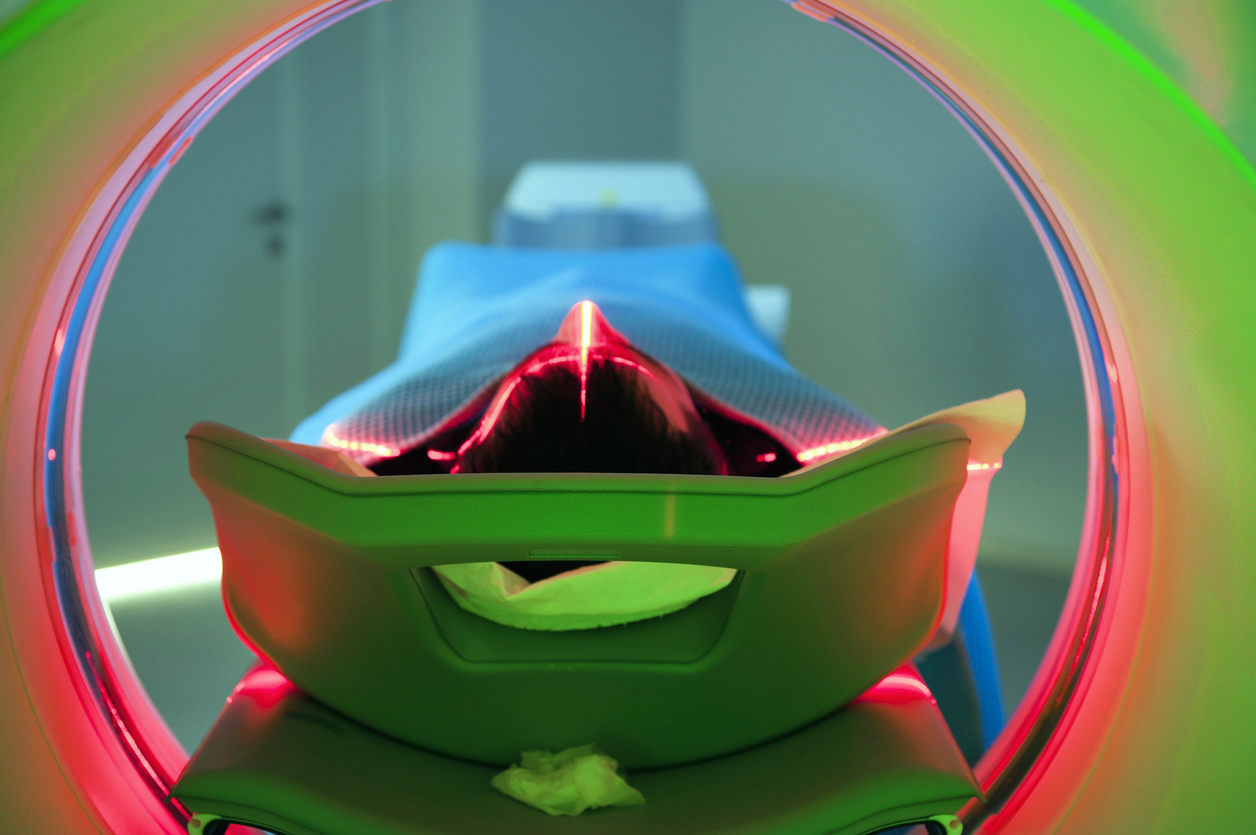At Humanitas, for the first time, a patient with an inoperable (locally advanced) pancreas tumor, underwent the positioning of fiducial markers. They allow to pinpoint the exact location of the tumor, before submitting the patient to stereotactic radiotherapy.
This is an innovative, highly convenient combination, as Doctor Silvia Carrara, Supervisor of the Echo-endoscopy Program, and Doctor Tiziana Comito, Radiotherapy and Radiosurgery specialist, told us.
We can’t cure locally advanced inoperable pancreas tumors in any way, except chemotherapy, that does not allow a good local control of the disease. Standard radiotherapy, however, is not sufficiently effective in these cases due to its duration, lower radiation dosage and toxicity risk.
In the last ten years stereotactic radiotherapy developed. A high dose of radiations is concentrated within a few sessions, generally between 3 and 6. The treatment aims to the focused ablation of the disease. This procedure is very effective, painless, fast and non-invasive. As Doctor Comito explains, “It is necessary to have pinpoint accuracy, as it is paramount to avoid the so-called risk organs. They are the healthy tissues near the tumor, especially in the gastro-intestinal tract”. Humanitas activated a clinical protocol for stereotactic radiotherapy (SBRT) for patients with an inoperable pancreas tumor, in order to treat them with this innovative local therapy.
The positioning of fiducial markers is helpful
The necessary precision needed in stereotactic radiotherapy gets further help from echo-endoscopy. “We insert some fiducial markers at the borders of the tumor endoscopically. These are gold markers (compatible with the human body), around 5 mm large, that delimitate the disease. This procedure is done while the patient is in deep sedation, using a technique similar to that, used in echo-guided pancreatic biopsy. We use a state-of-the-art needle, preloaded with 4 gold markers, dedicated to this function”, Doctor Carrara explains.
“The patient is then submitted to a centering or simulation CT scan, in order to plan the stereotactic radiation treatment”, Doctor Comito says. “The fiducials are visible in the CT, and thus they contribute to pinpointing even more precisely the tumor”.
Doctor Comito also says, “Before any stereotactic radiotherapy session we perform a new CT, integrated in the device used during the radiation treatment. This way we check whether the data gathered in the centering phase and then in the technical plan of the treatment, are consistent with the actual situation of the patient. Then the two CTs overlap, and if necessary, we correct the position of the patient ”.
Advantages for the patients
“The positioning of fiducials is an important technical improvement, because it makes radiation treatments more precise without encumbering the patient. In fact, echo-endoscopy is a minimally invasive procedure that we also use in the diagnosis. Thus, patients are already familiar with it. Once again, this protocol makes us think about the importance of a multidisciplinary approach in the fight against pancreas cancer, and the central role of patients when the specialists have to discuss and approve a precise therapy”, Doctor Carrara explains.
“We hope to use this procedure for other diseases too in the near future”, the specialists say.
-
3,400 Physicians
-
110,400 Annual surgeries
-
190,400 Annual Inpatient Admissions
-
928,000 Patients


